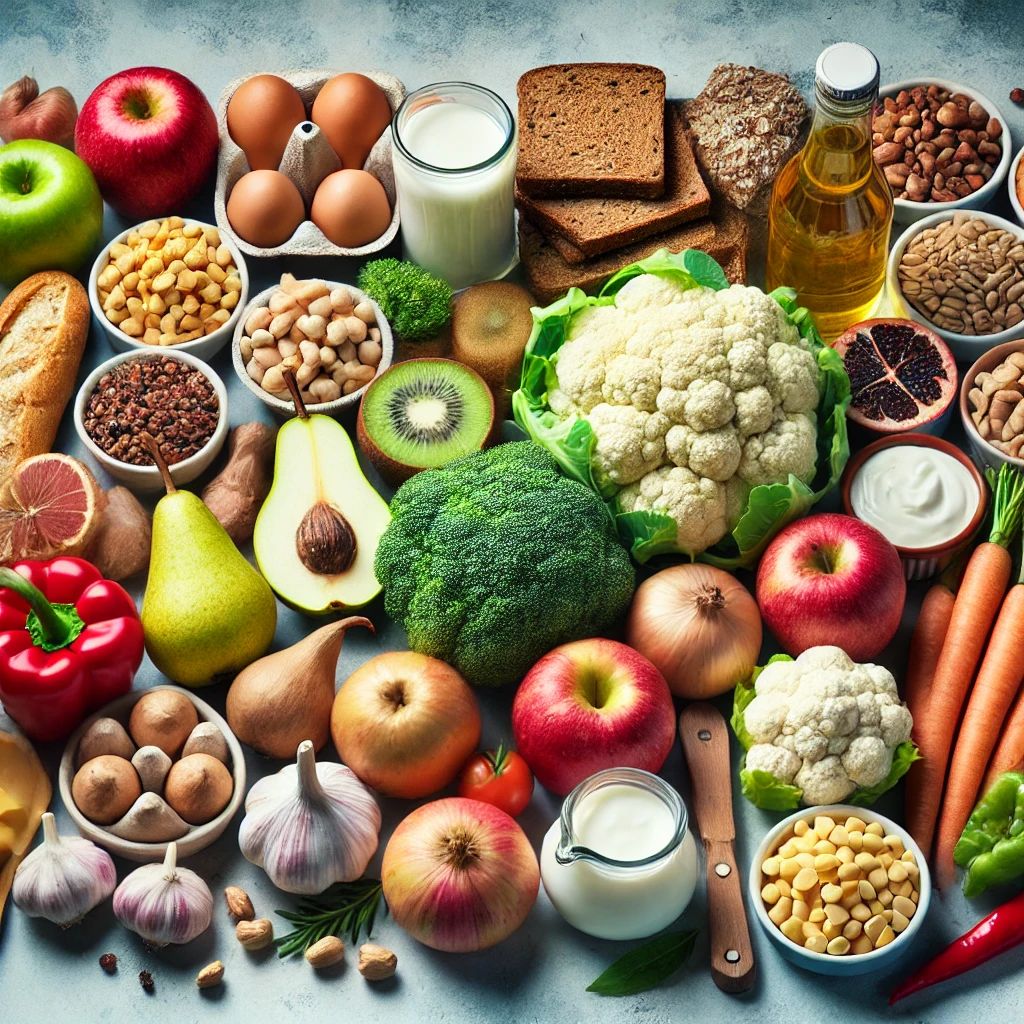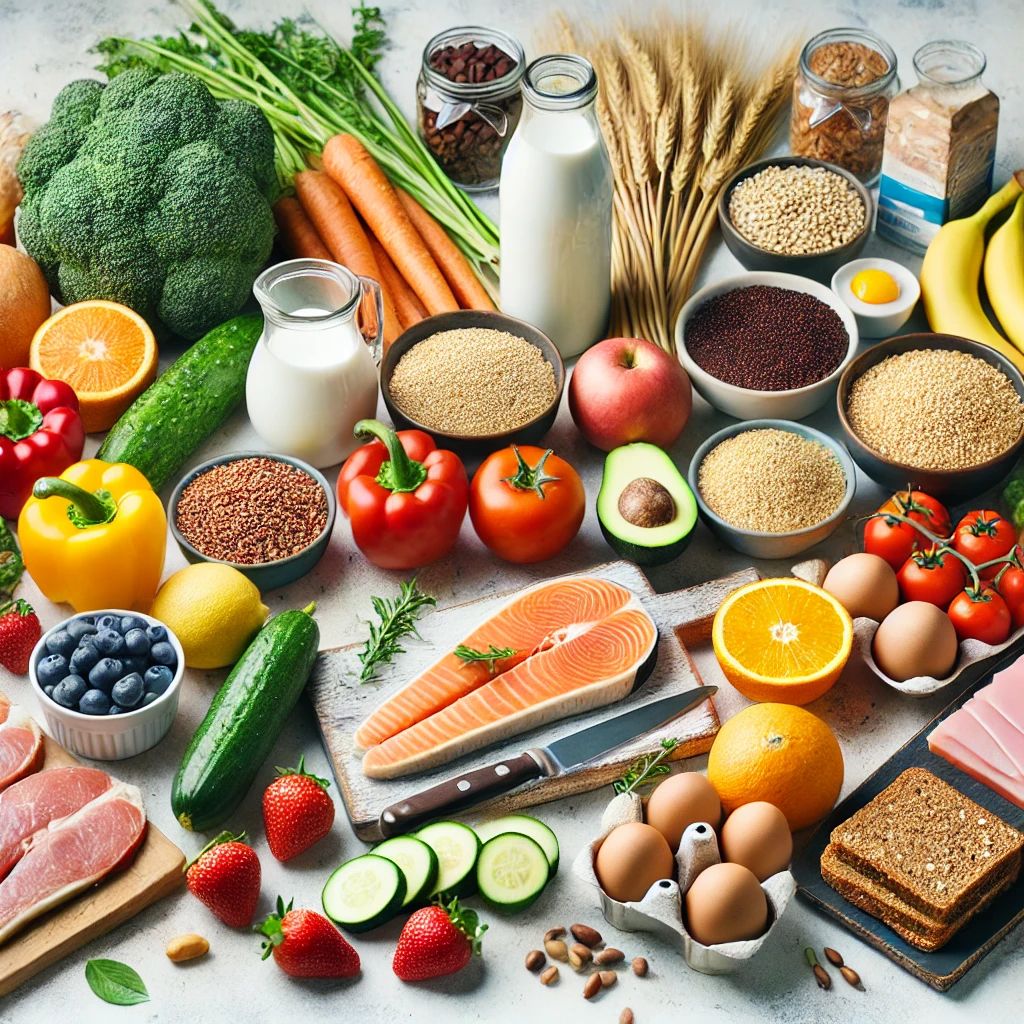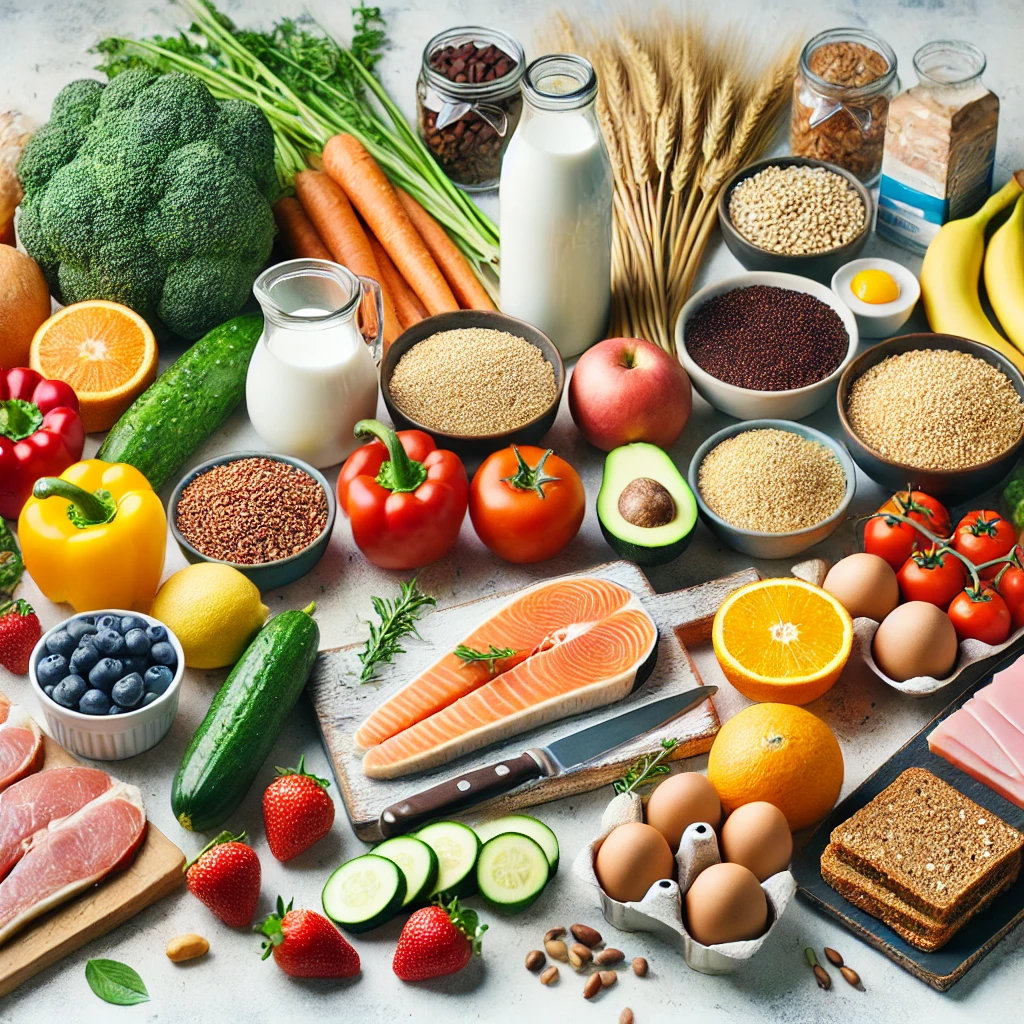The Low FODMAP diet has gained significant attention for its effectiveness in managing symptoms related to gastrointestinal issues, such as bloating, gas, and irritable bowel syndrome (IBS). Developed by researchers at Monash University, this diet focuses on reducing or eliminating certain types of carbohydrates known as FODMAPs that are poorly absorbed in the gut, leading to discomfort. For those suffering from IBS or other digestive disorders, following a Low FODMAP diet can provide relief and improve quality of life.
What Are FODMAPs?
FODMAPs are specific types of carbohydrates that the small intestine does not easily absorb. The term represents Fermentable Oligosaccharides, Disaccharides, Monosaccharides, and Polyols, commonly found in many everyday foods. These compounds can cause excessive fermentation and result in symptoms such as gas, bloating, and pain.
FODMAPs are found in a wide range of foods that fall into several categories, including:
Lactose: Present in dairy products like milk, cheese, and yogurt. People with lactose intolerance often find relief by avoiding these foods.
Fructose: Found in fruits like apples, mangos, and concentrated fruit juices. In excessive amounts, fructose can trigger bloating and discomfort.
Galactans: Commonly found in legumes, lentils, and chickpeas, these carbohydrates are notorious for causing gas.
Polyols: Found in stone fruits such as cherries and avocados, and in artificial sweeteners like sorbitol and xylitol.
Fructans: Found in wheat, onions, garlic, and some vegetables.
Reducing the intake of these high-FODMAP foods can significantly help manage symptoms.
Foods to Avoid on the Low FODMAP Diet
To reduce symptoms, it’s crucial to identify and avoid the main offenders. Here’s a breakdown of high-FODMAP foods to avoid:
Dairy: Cow’s milk, soft cheeses, ice cream, and yogurt containing lactose.
Fruits: Apples, pears, peaches, and mangos.
Vegetables: Broccoli, cauliflower, onions, and garlic.
Legumes: Lentils, chickpeas, kidney beans.
Grains: Wheat-based bread, pasta, and cereals.
Sweeteners: Artificial sweeteners like sorbitol, xylitol, and high-fructose corn syrup.

Foods to Enjoy on the Low FODMAP Diet
You should avoid certain foods, but many low-FODMAP options are available to create a balanced and enjoyable diet. Here’s a guide to foods you can include:
Dairy: Lactose-free milk, hard cheeses (like cheddar), and dairy alternatives such as almond milk and oat milk.
Fruits: Bananas, strawberries, blueberries, and oranges.
Vegetables: Carrots, cucumbers, lettuce, zucchini, and bell peppers.
Grains: Gluten-free bread, quinoa, rice, and oats.
Proteins: Lean meats, fish, and eggs.
Fats: Olive oil, butter substitutes, and nut butters.

By focusing on these foods, it is possible to follow a nutritious and varied diet without triggering symptoms.
The Science Behind the Low FODMAP Diet
The Low FODMAP diet was scientifically tested and developed at Monash University in Australia. Research shows that nearly 75% of people with IBS who follow this diet report significant symptom improvement. The diet works by temporarily restricting high-FODMAP foods to give the gut time to heal and function properly.
How to Follow the Low FODMAP Diet
The Low FODMAP diet consists of three phases:
1. Elimination Phase: All high-FODMAP foods are removed for a set period (usually 4-6 weeks).
2. Reintroduction Phase: Foods are slowly reintroduced to determine which ones trigger symptoms.
3. Personalization Phase: Once trigger foods are identified, a long-term diet plan is created, allowing the inclusion of tolerated foods.
For more detailed guidelines, Johns Hopkins Medicine provides an in-depth overview of the phases and how to navigate them successfully.
The Low FODMAP diet offers a practical solution for those suffering from IBS or other digestive issues. By eliminating certain foods and gradually reintroducing them, individuals can identify specific triggers and manage their symptoms more effectively. For additional resources, consult reputable organizations such as International Foundation for Gastrointestinal Disorders or visit our Health Journal for more expert guidance.
For kitchen essentials to help prepare healthy, gut-friendly meals, check out our Lifestyle Store.
1.Suggested Breakfast
2.Suggested Lunch
3.Suggested Dinner
Disclaimer: The information provided about this dietary regime is for educational and informational purposes only. This content does not replace professional medical advice, diagnosis, or treatment. While special dietary regimes may offer benefits for certain individuals, individual results may vary. Always consult a qualified healthcare professional or dietitian before starting any diet to ensure it is suitable for your specific health needs and conditions.
